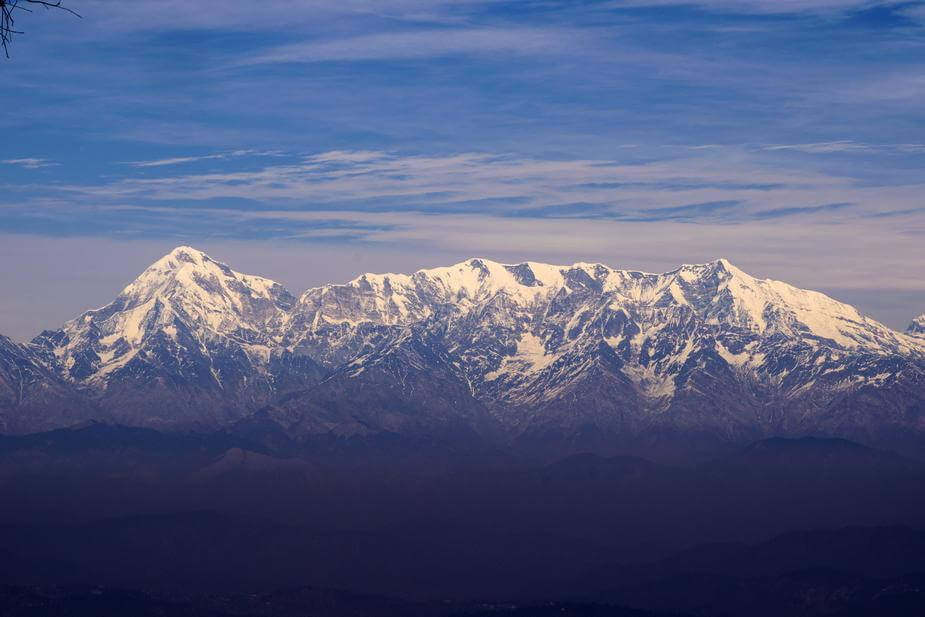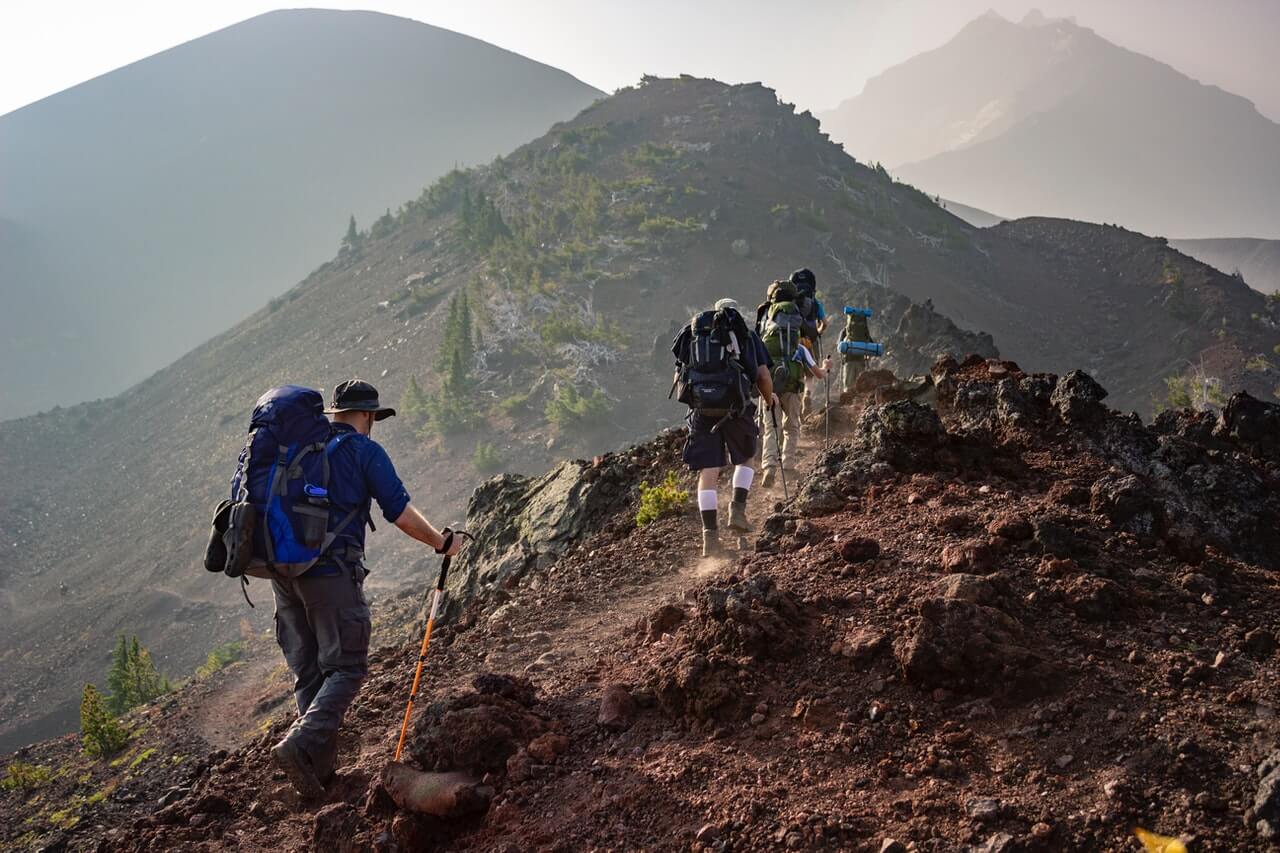In mountaineering activities, the sudden onset of gale force winds and carrying blowing snow or snowfall weather phenomenon is called a blizzard. Snowstorm weather is prone to frostbite, slip and fall, buried by snow, lost, snowstorm to the march and camping has brought great difficulties and dangers. Therefore, mountaineering to scientifically grasp and use the weather timing, choose a good standby camp, master the principles of camping, especially the choice of alpine camp site, but also to organize a good pick-up team.
Climbing on the way to encounter a snowstorm, the first thing to do to fix the protection to prevent frostbite. If walking on the way to meet the wind becomes large, the wind blowing into the body feels cold, indicating that the clothes worn is not enough, to immediately stop marching to add clothes. Because the heat generated by the march can not drive the body temperature, outdoor marching when the body should feel slightly hot and sweaty, so that when you stop to rest or sudden changes in the weather, you will not suddenly feel uncomfortable. There is a saying that "rather hot sweat, do not blow a cold". When the wind is stronger, can not set up the tent, you can take out the outer tent, all around a circle to the outer tent draped over everyone to block the wind, this time not in time to wear clothes people will have a way to take out clothes to wear.

When camping suddenly encounter a snowstorm, should reinforce the tent, strictly forbidden to leave the camp to withdraw or climbing activities. Take care of cold-proof equipment, plan the use of fuel and food. Clear the snow on the tent in time to prevent the tent from being collapsed by the snow. In the event of a large snowstorm and strong winds at high altitude, the tent must be managed to prevent the wind from blowing the tent away.
Take extra precautions against avalanches on the way up the mountain
Avalanches are a very serious threat to climbers. Among the dangers encountered in alpine expeditions, avalanches cause the most frequent and tragic hazards, often resulting in "total loss of life".
Most avalanches occur in the winter or spring when the snowfall is very heavy. Especially before and after the outbreak of a snowstorm. This time the snow is very soft, bonding force is relatively small, once a small piece is destroyed, the rest of the part will be like a plate of loose sand or dominoes, a chain reaction and rapid decline.
It is very dangerous to encounter an avalanche, and those who are active in the snow must pay great attention to the following points.
The law of avalanche occurrence: just after a heavy snowfall, or after several consecutive snowfall do not go up the mountain. At this time, the new snow or the upper layer of snow is very unstable, a slight disturbance is enough to trigger an avalanche. After a heavy snowfall there is often good weather, so you must give up the good weather and wait for the avalanche to pass.
When the weather is cold and warm, when the weather turns sunny, or when the snow starts to melt in spring, the snow becomes very unstable and avalanches can easily occur.
Signs of an avalanche: Pay attention to the avalanche's precursors, such as the sound of snow and ice breaking up or a low rumbling sound, a snowball rolling down or looking up the mountain and seeing a cloud-like gray dust. The path through which an avalanche passes can be identified by terrain features such as cliffs, smoother areas, or faults on hillsides with few trees.

Avalanche prevention methods.
Do not move in avalanche-prone areas and snow slopes for generally 2-3 days after a heavy snowfall.
In the march to avoid avalanche areas and avalanche chutes, try not to destroy the snow layer, to use a straight line climbing is good. When it is impossible to avoid the avalanche area, you should take the traverse route, do not follow the avalanche chute climbing. In the traverse to go through the fastest speed, and set up a special lookout post to keep an eye on the avalanche may occur in the area, an avalanche signs or has occurred to loudly warn, in order to rush to take self-help measures. If you must cross the avalanche area, should be in the morning after 10 o'clock then cross. Because, at this time, the sun has been shining snow mountain for a period of time, if there are avalanches occurring at this time also before, so that can also reduce the danger.
Do not move on steep slopes. Because avalanches usually move downward, on a slope of 1:5, an avalanche can occur. If you must cross the slope area, do not act alone, and do not crowd together to act, should go one after another, the latter departure should maintain a safe distance observable from the previous one.
When exploring high mountains, whether you choose a climbing route or camp, you should try to avoid leeward slopes. Because the leeward slope is easy to accumulate snow blowing from the windward slope, but also prone to avalanches. When marching if possible should try to take the ridgeline and walk on the highest part of the mountain.
When choosing a marching route or camp, be wary of the flat land you choose. This is because in steep alpine areas, avalanche accumulation areas are most likely to behave as relatively flat places.
When marching and resting in the high mountains, do not talk loudly to reduce the triggering of avalanches due to air vibrations.
It is a good idea to wear a red strip of cloth on each team member during the march to make it easier to be spotted in case of an avalanche.



